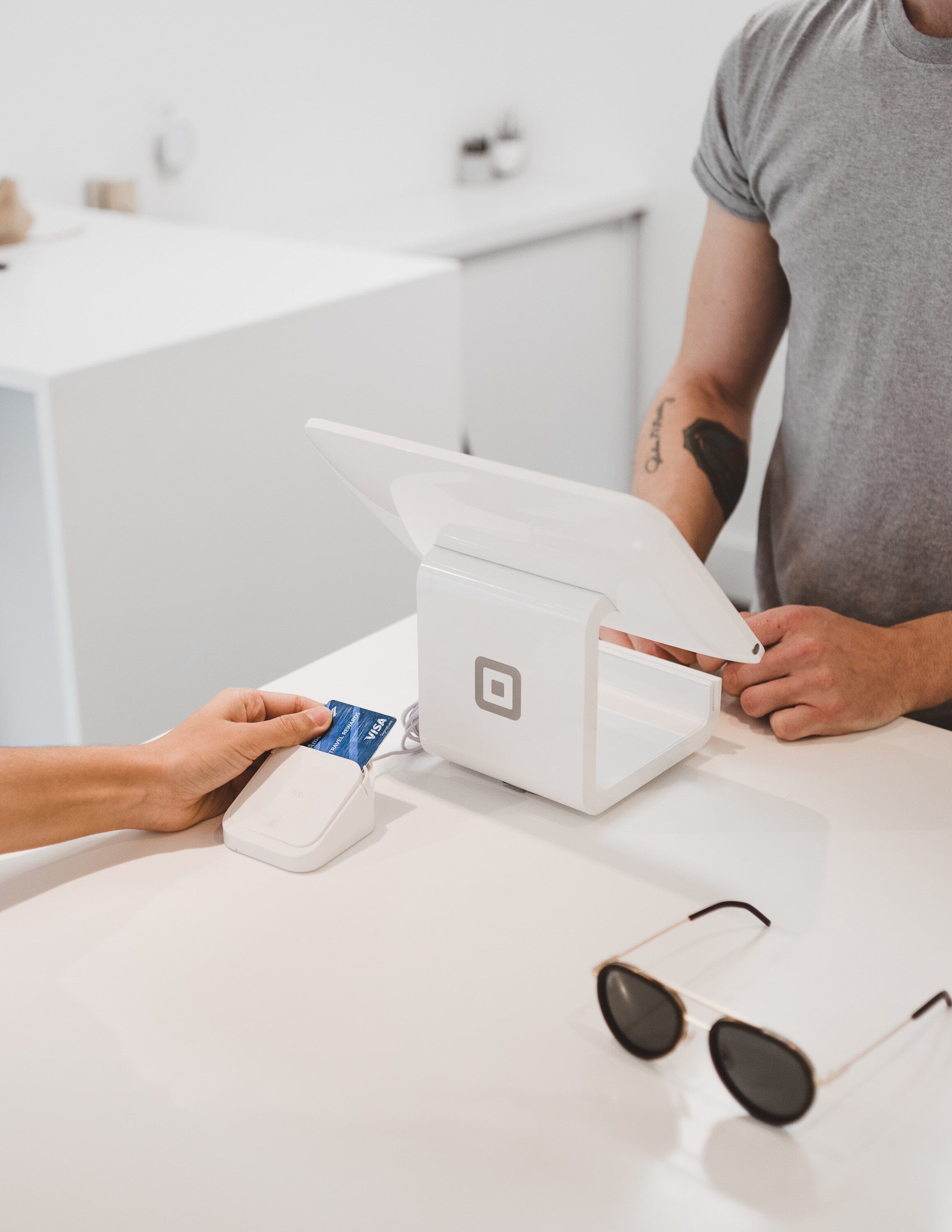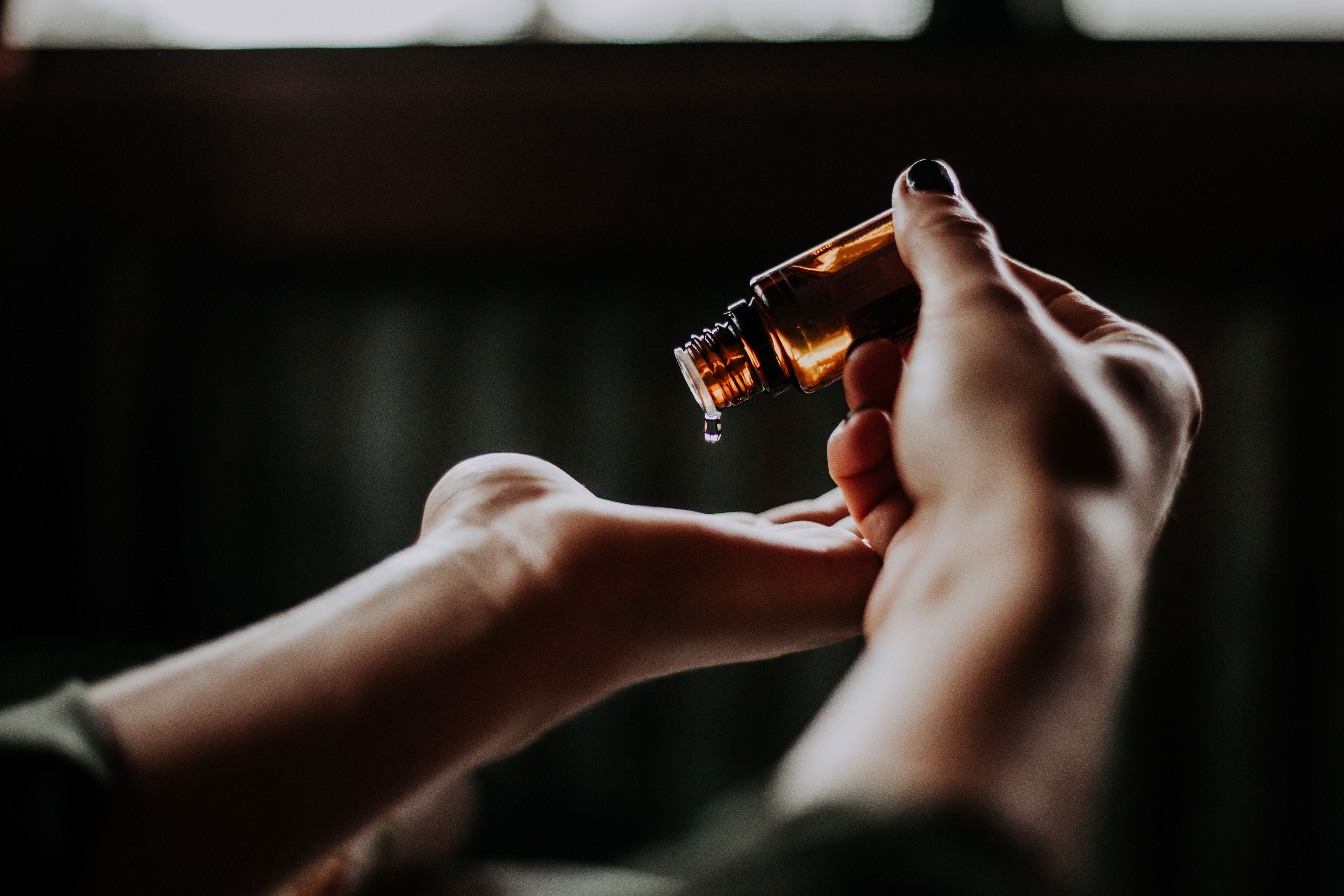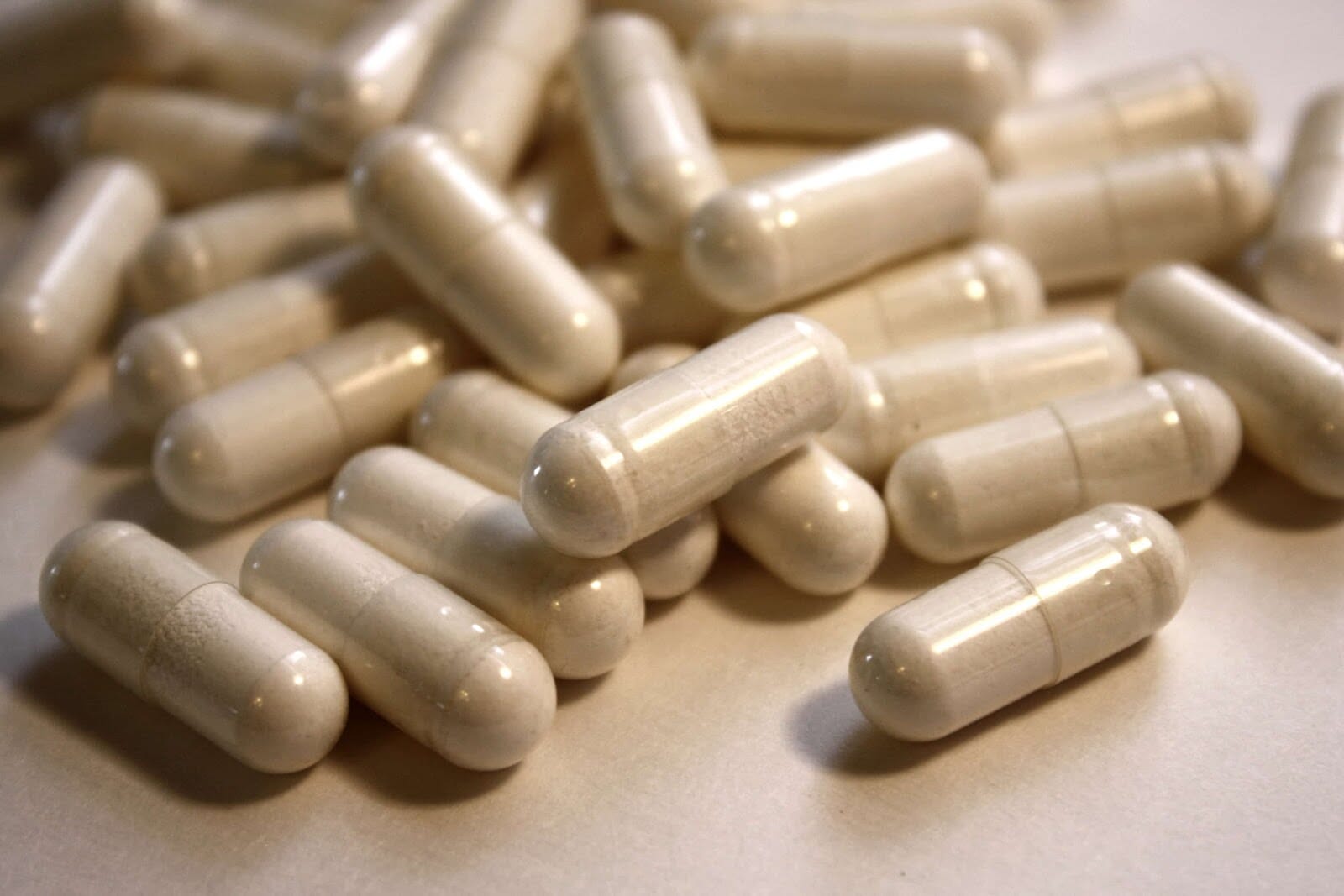
Where your CBD comes from matters
Have you ever bought produce from a local farmers market? Supporting your local farmer and enjoying fresh picked produce, yum.
Do you wash you apple before eating it? Sure, washing fruit that is consumed peel and all is a smart thing to do.
Do you purchase a product online and ingest it without any idea where it came from or what was in it? Wait, what?
Okay, sounds like you are ready for Step 2-where are you going to get your CBD product from.
As the popularity of CBD continues to grow, we have seen a remarkable increase in product diversity and availability. The 2018 Farm Bill further defined and licensed hemp by a THC content of 0.3% or less. Now the USDA has provided additional direction further defining product by total THC content. Meanwhile, the FDA while preserving its authority, has been slow in providing more specific regulations and adding to the confusion are state level variations.
Fortunately, some companies have assumed a leadership role in self-regulation and are setting industry standards beyond current regulations. SOME companies...but not all. Justin Strekal, Political Director for the organization ‘Norml’ spoke during the last FDA public hearing on CBD stating “the rapidly evolving hemp-derived CBD marketplace sadly includes a number of bad faith actors selling the equivalent of modern day snake oil.”
Wow, snake oil? Does this mean we are in the equivalent of the wild west? Not exactly, there are companies that are voluntarily following strict quality standards. But how do you know? First, be aware that not all products are equal and next know that some due diligence on your part may be required. To help guide you, think of the 3 Ts... Traceability, Testing and Transparency.
Traceability
Traceability is the ability to identify product at all stages of the supply chain. Orange juice companies advertise this and if you have ever bought vegetables from a local farm or dined at a ‘farm to table’ restaurant then you too are already familiar with the concept of traceability.
A fully traceable company should have knowledge of every step in the process. This can be problematic for example with hemp grown overseas. Traceability can be more difficult and not subject to the same testing or safety standards.
Computer driven platforms help with traceability by improving ease of availability of this information not only for companies seeking quality compliance but also for consumers as well.
So, know where your product comes from. It should be traceable from the seed that was planted, to the plant that was processed and finally to the product for sale.
Testing
The next T in the trilogy is testing. Testing is important for several reasons, the most obvious being how can you know for sure what you have unless it has been verified with testing. It provides information to confirm the quality of the product, keeping in mind:
-is the product actually what it says it is
-are the ingredients present in the identified and/or required amounts -does the product contain any unwanted ingredients
How will you know a product has been tested? Once testing is completed, the lab will issue a Certificate of Analysis (COA). Just as all CBD products and their companies are not the same, neither are the labs that provide their testing. COAs should come from quality labs that meet ISO 17025 standards (this will usually be visibly indicated on the lab report). Also, you can check to see whether a lab’s testing methods are validated by a respected national standard.
Which leads us straight to...
Transparency
Traceability of the CBD products from plant to purchase as well as the testing information from COAs must be transparent in order to be meaningful. In other words, don’t just tell me...show me. If you are looking to purchase a product, does the company make it easy for you to get this information? Are there codes on the product linked directly to the lab issued COA for that specific lot or batch? This makes it easy for the consumer to know exactly what is and isn’t in each and every product.
Take a look at the professional memberships and organizations associated with the company. Members of well known organizations such as the Hemp Industries Association agree to the association’s standards as a contingency for membership. Transparency for these organizations often include a directory of members and a detailed mission statement for standards.
Traceability, testing and transparency are the framework to help guide consumers in their search for a quality product. If a product does not meet these standards then how can you be sure that it is everything they say it is and nothing more? The answer of course is you can’t. Whether you choose in store or online experiences, both should provide easy access to this information.
Great, now you are confident you know what to look for to help guide you to quality products, but how will you know what products there are and what is the difference between a tincture and a topical...and what on earth is a tincture anyway.
Next, Step 3 will shed some light on the myriad of choices available and maybe bust a myth or two you might have heard...see you then!
Disclaimer Note To Readers:
This information is for general informational purposes only. It is not intended to serve as medical advice or to be any form of medical treatment and its use is at the discretion and good judgement of the reader. Consult your designated healthcare provider before changing any part of your current medical treatment including supplements, diets, and medications. Please see our website for additional information such as the FDA disclosure.




Leave a comment
This site is protected by hCaptcha and the hCaptcha Privacy Policy and Terms of Service apply.